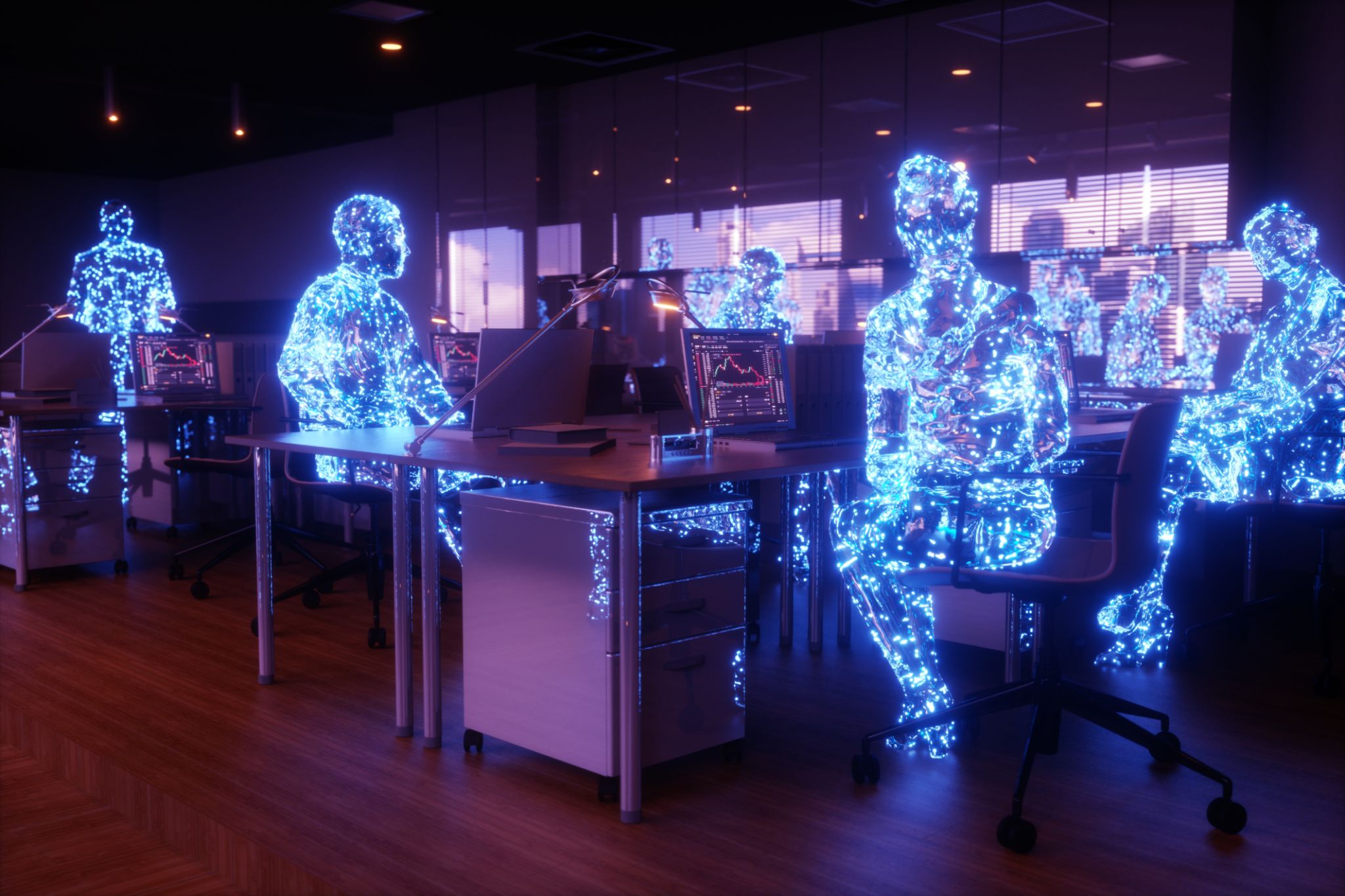Common Misconceptions About AI in Design and the Truth Behind Them
Understanding AI in Design
Artificial Intelligence (AI) is reshaping numerous industries, and design is no exception. However, with the rapid adoption of AI in design, several misconceptions have emerged. These misconceptions often lead to misunderstandings about what AI can and cannot do. It's important to demystify these myths to fully leverage AI's potential in the design world.

Misconception 1: AI Will Replace Human Designers
One of the most prevalent myths is that AI will replace human designers entirely. While AI can automate certain tasks, it doesn't possess the creativity, intuition, or emotional intelligence that human designers bring to the table. Instead of replacing humans, AI serves as a tool that enhances creative processes. It allows designers to focus on more complex and creative tasks by taking over repetitive and time-consuming activities.
Misconception 2: AI-Generated Designs Lack Originality
Another common belief is that designs generated by AI are inherently unoriginal or mechanical. In reality, AI can produce highly innovative and unique designs by analyzing vast datasets and learning from a wide array of styles and trends. By leveraging AI, designers can push creative boundaries and explore new avenues that might not have been considered otherwise.

Misconception 3: AI is Too Complex for Everyday Use
Many people assume that integrating AI into design processes is too complex for everyday use. However, modern AI tools are becoming increasingly user-friendly. Platforms are being designed with intuitive interfaces that allow designers of all skill levels to take advantage of AI without needing deep technical knowledge. This democratization of AI technology empowers more designers to experiment and innovate.
The Role of AI in Enhancing Design Efficiency
AI excels in optimizing workflows by automating mundane tasks such as resizing images, adjusting layouts, and even generating color palettes. This increased efficiency allows designers to dedicate more time to creativity and strategic thinking. By streamlining processes, AI helps design teams meet tight deadlines without compromising quality.

The Balance Between Technology and Creativity
AI should be viewed as a collaborative partner in the design process rather than a replacement or threat. When used effectively, it complements human creativity by providing new insights and enhancing decision-making. For instance, AI can analyze user data to suggest design improvements that align with user preferences and behaviors, leading to more effective and engaging designs.
Embracing AI as a Design Companion
Ultimately, the key to successfully integrating AI into design lies in understanding its strengths and limitations. Designers who embrace AI as a tool rather than a competitor can unlock new levels of creativity and productivity. As AI technologies continue to evolve, they will offer even greater opportunities for innovation in the design industry.
By dispelling these common misconceptions, designers can harness the full potential of AI to create more dynamic, personalized, and impactful designs. Embracing this technology not only enhances the design process but also paves the way for future advancements in the field.
